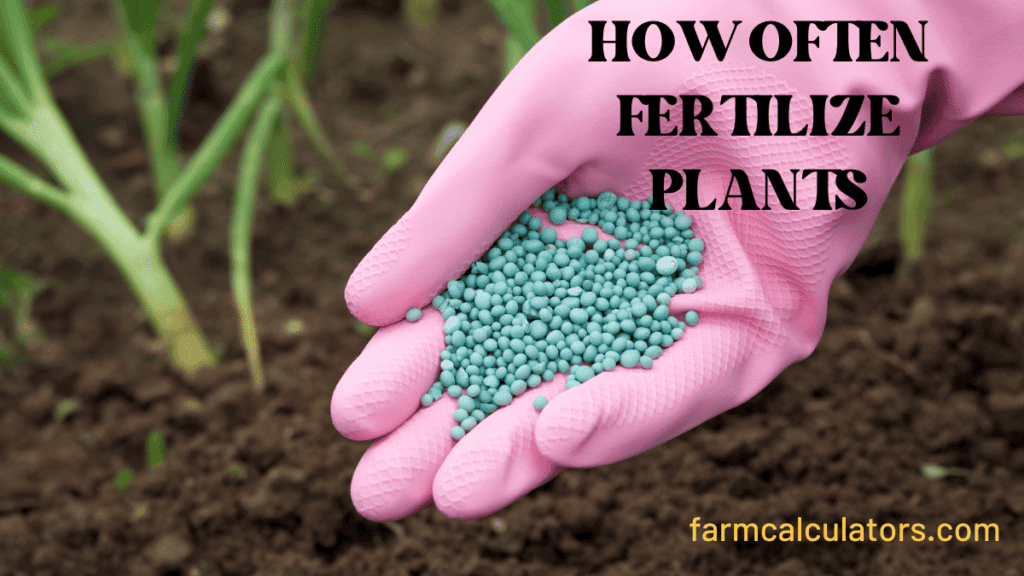
How often fertilize plants is an often-asked question. Fertilizing plants is an important aspect of gardening, and often times it can be difficult to determine how often and how much to do it. It is important to understand the role that fertilizer plays in helping your plants reach their full potential and how it can help them to thrive. It is also important to understand the different types of fertilizers and their benefits in order to ensure that you use the right fertilizer for your plants.
This guide will provide an overview of fertilizing plants, the frequency and amount of fertilizers to apply, and the pros and cons of different types of fertilizers. Whether you are a beginner or an experienced gardener, this guide will provide you with the information you need to properly fertilize your plants.
How often fertilize plants?
The frequency of fertilizing plants depends on the type of plants that you are growing and the growing method that you are using. However, for most plants during the growing season, fertilizing about once every two weeks is a good rule of thumb.
During the beginning of the growing season, before the plants have fully established, fertilizing every two weeks is recommended. Once the growing season has fully begun and the plants are growing at an optimal rate, fertilizing once a month is recommended. This will allow the plants to maximize their growth while ensuring they don’t take up too many nutrients from the soil that might be needed for future growing seasons.
Amount of fertilizer to apply
The amount of fertilizer to apply depends on the type of fertilizer that you are using. For example, some fertilizers are labeled as 10-10-10, while others are labeled 15-30-15. These numbers represent the amount of nitrogen (N), phosphate (P), and potash (K) contained in each unit of fertilizer. However, these numbers are not set in stone and can vary depending on who manufactured the fertilizer. For example, an 18-18-18 fertilizer could have a slightly different ratio of nutrients than a 15-30-15 fertilizer.
Therefore, when fertilizing plants, it is important to read the directions on the fertilizer to determine how much fertilizer to apply. This will help ensure that you are not applying too much fertilizer, which could cause your plants to produce excess growth at the expense of flowers and fruit.
Different types of fertilizers and their benefits
There are several different types of fertilizers, each with its own benefits. When purchasing fertilizer, you will want to select a fertilizer that is right for your plants and the growing conditions in which they are being grown. Basically, the following types of fertilizers are available :
- Organic Fertilizers –
- Synthetic Fertilizers
- Ammonium Sulfate
- Blood Meal
- Bone Meal –
- Organic Manures
We have put a detailed post on different types of fertilizers and their benefits for plants.
Video on how often fertilize plants.
This is great advice on fertilizing plants by proven winners
Tips for Fertilizing Your Plants
Before fertilizing your plants, make sure that they are actively growing. If your plants are not growing at a normal rate, there could be an issue with their soil, and you should seek guidance from a professional.
Before applying fertilizer to your plants, make sure that the soil has been properly amended with the proper soil conditioners or organic matter. This ensures that the fertilizer is being applied to soil that is rich in nutrients. It is important that the fertilizer be applied to soil that has been properly amended, as applying it to a soil that is not properly amended can actually damage your plants.It is better you do a soil test
Be careful not to over-fertilize your plants, as this can damage them as well. The application rate listed on the fertilizer should be enough to feed your plants, but you may want to apply a smaller amount and then assess how your plants are responding to the fertilizer.